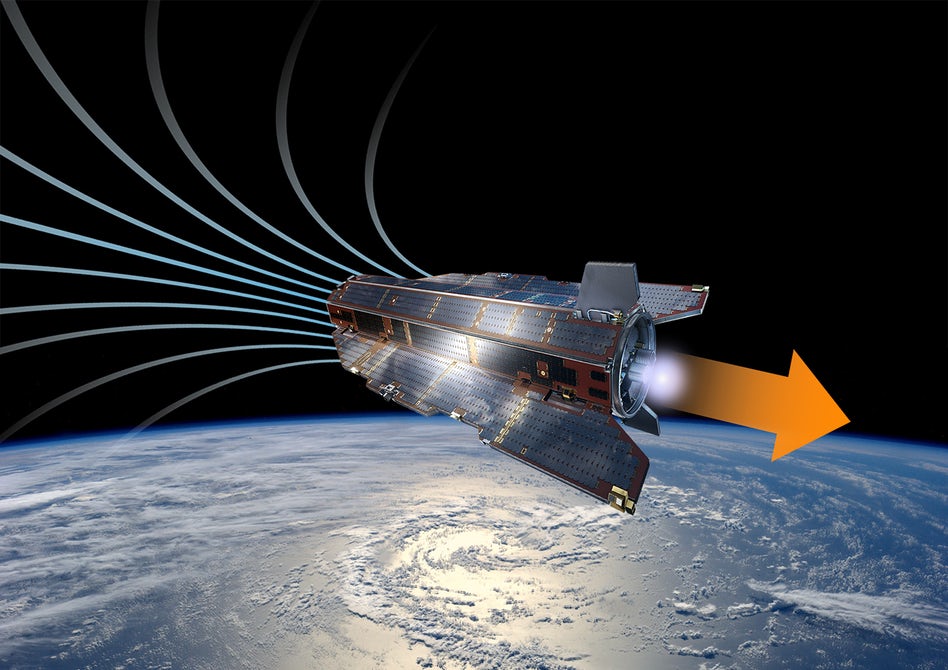Ion thrusters are a promising propulsion method for spacecraft in the future. However, they have a drawback in the amount of propellant they can carry. But, scientists at ESA and Italian space company SITAEL might have found a way around that as they tested a new type of air-breathing ion thruster which can potentially keep satellites in orbit for a longer time while reducing drag at the same time by running them on thin air.
The design makes use of a Hall thruster and uses electric and magnetic fields to ionize gases and the ions are expelled to produce thrust. The gas normally used is Xenon. Even though is more fuel-efficient than traditional rockets, the amount of thrust and acceleration produced is significantly lower.
Their true application lies in long-term slow-burning satellites. It can be used by spacecraft making their way to distant targets firing up an ion thruster to accelerate over months and even years. The technology can be incorporated in-orbit satellites that don’t need too much power.
The team working on the project didn’t want an expiry date on satellites as a result of running out of fuel. To change that, they worked on a design that would suck its fuel from the air around it rather than carrying a finite amount of fuel supply. The air molecules are compressed until they become thermalized ionized plasma, then they’re given an electric charge to accelerate them and ejected to provide thrust.
“This project began with a novel design to scoop up air molecules as propellant from the top of Earth’s atmosphere at around 200 km (124 mi) altitude with a typical speed of 7.8 km/s (4.8 mi/s),” says Louis Walpot, an ESA researcher on the project.
This new technique will allow the satellites to remain active for a much longer period. Another added benefit is the reduction of weight that was previously taken by fuel. The team built a prototype after detailed simulations and tested it at a SITAEL facility in Italy inside a vacuum chamber that was simulating conditions at an altitude of 200km.
“When the xenon-based blue colour of the engine plume changed to purple, we knew we’d succeeded,” says Walpot. “Finally, the system was ignited repeatedly solely with atmospheric propellant to prove the concept’s feasibility. This result means air-breathing electric propulsion is no longer simply a theory but a tangible, working concept, ready to be developed, to serve one day as the basis of a new class of missions,”
The researchers say the new design could allow satellites to operate in very low orbits for long periods of time, and may eventually be adapted to work in the atmospheres of other planets like Mars.

